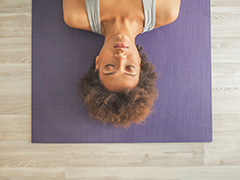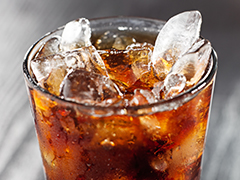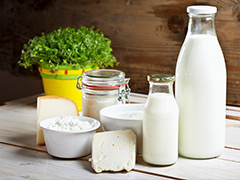The Ins & Outs of Bone Strength

What is osteoporosis?
Strong, healthy bones are made up of a dense mix of protein, collagen and calcium. Osteoporosis is a result of a decrease in bone density, which makes bones more fragile. The texture of a weakened bone is like a sponge and is easily collapsible. Osteoporosis-related fractures can happen in nearly any bone, but are most common in the spine, hips, ribs and wrists.
What are the risks and causes of osteoporosis?As with many medical conditions, poor diet and exercise can contribute to weakened bones. Below are a few other risk factors to consider:
- Female gender—about 80% of people with osteoporosis are women
- Family history of osteoporosis
- Previous bone fractures
- Cigarette smoking
- Chronic conditions including arthritis, thyroid and liver disease
- Women experiencing menopause or low estrogen levels
Adults reach peak bone density around age 30. Fortunately, there’s a lot that you can do to help keep your bones strong. A healthy lifestyle that includes proper nutrition and exercise can help maintain bone density at any age. Here are a few tips:
- Make sure to get enough calcium and vitamin D through a balanced diet. Think low-fat dairy products, dark green leafy vegetables and fatty-fish like sardines with bones and salmon. There are lots of foods available with added calcium too, such as orange juice, bread, cereal and soy products. You can also supplement with vitamins.
- Weight-bearing and resistance exercises can help strengthen bones and supporting muscles. In addition to lifting weights, you can also try adding walking, hiking, jogging, climbing, tennis, or jump rope to your routine. Always consult your physician before starting any exercise regimen.


